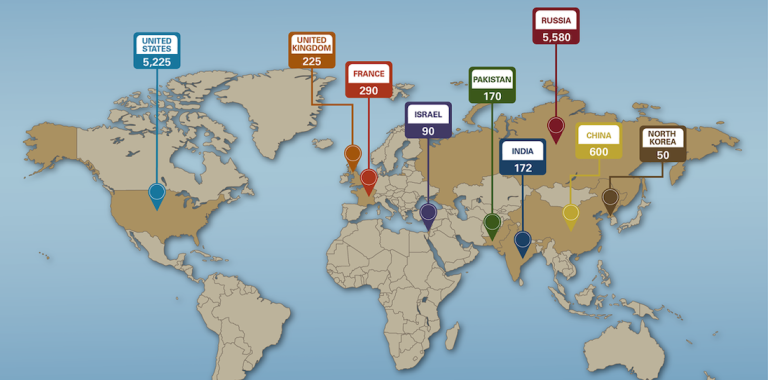
As nuclear arsenals grow and conflicts escalate, humanity faces a critical choice: disarm or risk unimaginable destruction
New York, N.Y. – The world stands at a precipice, armed with enough nuclear weapons to destroy our planet many times over. As international tensions escalate and nuclear-armed nations flex their military might, the time for global nuclear disarmament has never been more urgent.
The Stewardship Report editorial board maintains that nuclear weaponry must be banned globally before mutually assured destruction becomes humanity’s final chapter.
The Scale of Our Peril
According to estimates from the United Nations, there are over 22,000 nuclear weapons globally—equivalent to more than 146,500 Hiroshima-sized bombs and enough to destroy life on earth 55 times over.
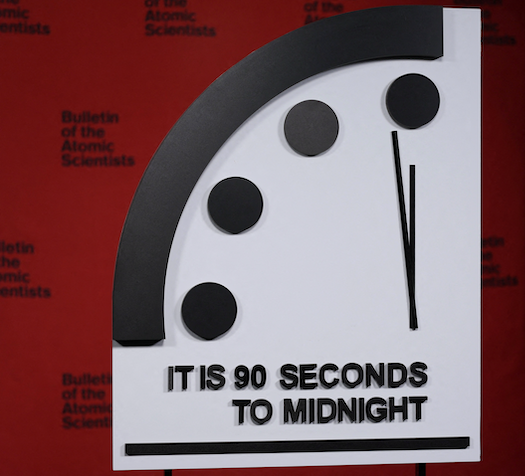
This arsenal represents an existential threat that dwarfs all other challenges facing humanity.
The Doomsday Clock now stands at 90 seconds to midnight—the closest ever to catastrophe—a stark reminder that we are living on borrowed time.
The Elite Nuclear Club’s Dangerous Game
Today’s nuclear landscape reveals a troubling hierarchy of power maintained by an exclusive “nuclear club” that includes the United States, Russia, France, China, the United Kingdom, Pakistan, India, Israel, and North Korea.
This elite class operates under unwritten rules that favor established powers while restricting others through diplomatic pressure and military threats.
The selective nature of nuclear acceptance becomes clear when examining regional dynamics. While Pakistan is assumed to possess nuclear capacity, no officially recognized Muslim nation holds declared nuclear weapons. Similarly, Israel maintains an undeclared nuclear arsenal while officially denying its existence—a policy of strategic ambiguity that allows it to operate outside international oversight. This double standard perpetuates insecurity and incentivizes proliferation, as nations outside the club seek their own deterrents.
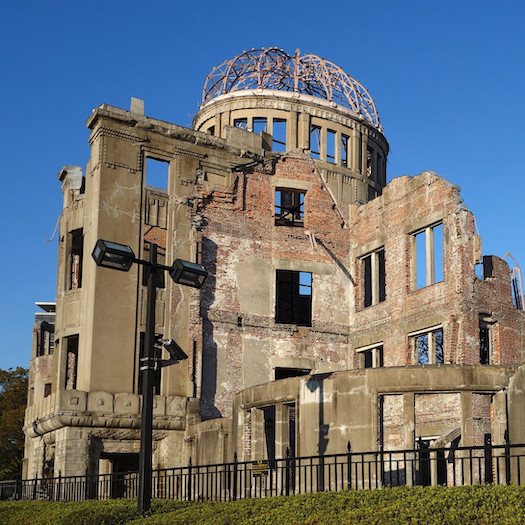
Hiroshima’s Unheeded Lesson
History reveals the discriminatory nature of nuclear weapons deployment. The only instances of nuclear bombing occurred in Hiroshima and Nagasaki in August 1945, killing 150,000–246,000 people—mostly civilians—and leaving survivors (hibakusha) with intergenerational trauma.
These attacks targeted non-white populations rather than Berlin or other European cities, establishing a disturbing pattern where the ultimate expression of military power was first unleashed against people of color.
The ongoing expansion and modernization of arsenals, despite these demonstrated horrors and widespread public opposition, underscore the urgent need for a global ban.
Photo (left): The A-Bomb Dome at the Hiroshima Peace Memorial Park. This is what was left standing of the Prefectural Industrial Promotion Hall, the building closest to where the atomic bomb was dropped that partially survived.
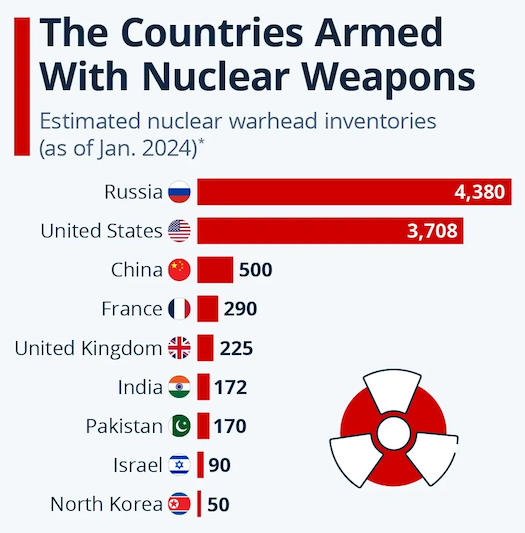
The Hypocrisy of Nuclear Opposition
The current crisis in the Middle East exemplifies the dangerous hypocrisy of nuclear politics.
On June 13, 2025, Israel attacked Iran’s nuclear facilities, killing military leaders and scientists. Prime Minister Benjamin Netanyahu called it necessary for “Israel’s survival.”
Yet this strike—launched amid Gaza’s humanitarian crisis where approximately 55,000 Palestinians have died, predominantly women and children—reveals a brutal double standard: Israel denies Palestinian statehood while invoking sovereignty to justify militarism.
If the rationale for preventing nuclear proliferation is based on threats to destroy other nations, then consistency demands equal application of these standards.
The recent conflict response has been characterized as genocidal and disproportionate to the October 7 Hamas attack.
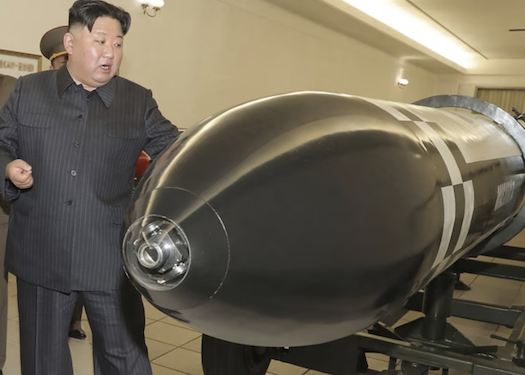
World War III on the Horizon
Current global tensions suggest we may be witnessing the early stages of a third world war. Regional conflicts are converging into a perfect storm:
North Korean troops now fight alongside Russian forces against European interests in Ukraine, while Israel’s expanding conflict in the Middle East threatens to draw American troops stationed in the region into broader warfare.
These interconnected conflicts create a dangerous web where nuclear-armed nations find themselves increasingly at odds. The presence of nuclear weapons in this volatile mix transforms regional disputes into potential civilization-ending scenarios.
With nuclear arsenals on hair-trigger alert, a single miscalculation could trigger chain reactions that engulf the world.
France‘s offer to extend its nuclear “deterrence” to Europe and Poland‘s interest in acquiring weapons further expose the hypocrisy of non-proliferation rhetoric, revealing how quickly nuclear restraint dissolves under pressure.
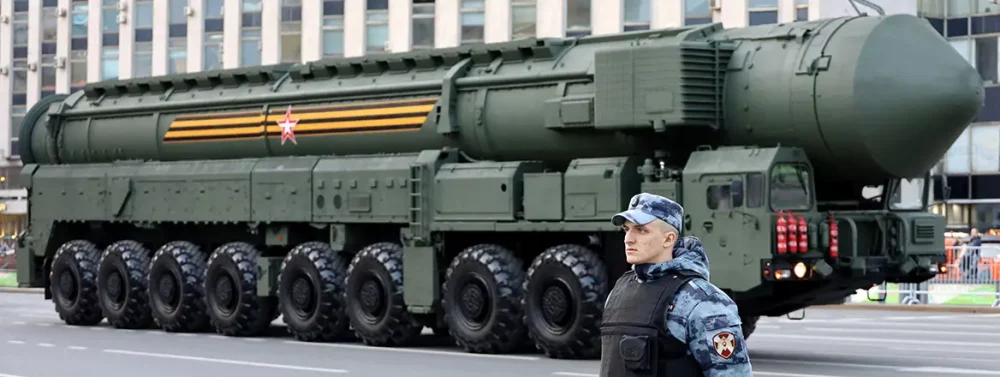
The Failed Doctrine of Deterrence
The current system relies on the failed doctrine of mutually assured destruction (MAD)—a Cold War relic that assumes rational actors will never use nuclear weapons due to guaranteed retaliation. However, as conflicts intensify and non-state actors potentially gain access to nuclear materials, this assumption becomes increasingly dangerous.
Independence movements and terrorist groups increasingly seek access to nuclear materials, making the current approach of selective prohibition inadequate. Nuclear weapons are not just tools of deterrence; they poison relations between countries and serve as symbols of global inequality and geopolitical privilege.
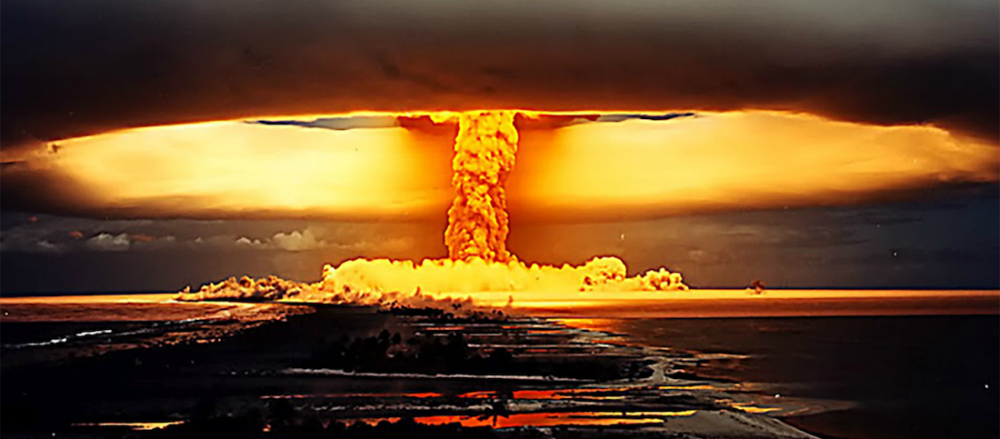

Pathways to Abolition
The Treaty on the Prohibition of Nuclear Weapons (TPNW), active since 2021, offers a blueprint for elimination. Backed by 93 signatories, it bans use, possession, and testing while prioritizing victim assistance and environmental remediation.
South Africa—the only nation to voluntarily dismantle its arsenal under apartheid so that Black South Africans would not inherit the bomb—will chair the treaty’s 2026 review conference.
Rejecting deterrence theory, TPNW signatory states argue that “nuclear weapons poison relations between countries.”
The United Nations and a majority of its member states have repeatedly called for the prohibition of nuclear weapons, yet nuclear-armed states continue to invest in and expand their arsenals, defying both the spirit and letter of international agreements.
The Stakes of Inaction
Complete nuclear abolition requires unprecedented international cooperation, but the alternative—continued escalation toward nuclear conflict—makes this cooperation essential. The resources currently devoted to maintaining and modernizing nuclear arsenals could address climate change, poverty, and other existential threats facing humanity. More importantly, elimination of nuclear weapons removes the possibility of accidental or intentional nuclear war.
As U.N. Secretary-General António Guterres declared:
“The only guarantee against nuclear use is total elimination.”
Time for Action
The international community must move beyond the current system where nuclear weapons serve as symbols of national prestige and tools of intimidation. Global nuclear disarmament offers the only sustainable path to security. The choice facing humanity is clear: disarm completely or risk mutual destruction on a planetary scale.
The Stewardship Report stands with the majority of the world’s nations and peoples in demanding immediate, verifiable, and irreversible nuclear disarmament. The ghosts of Hiroshima demand we choose abolition over escalation before it’s too late.

This editorial examines the urgent need for global nuclear disarmament as international tensions escalate. The piece argues that the current system of selective nuclear possession creates dangerous double standards while regional conflicts threaten to trigger broader warfare involving nuclear-armed nations.